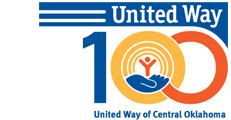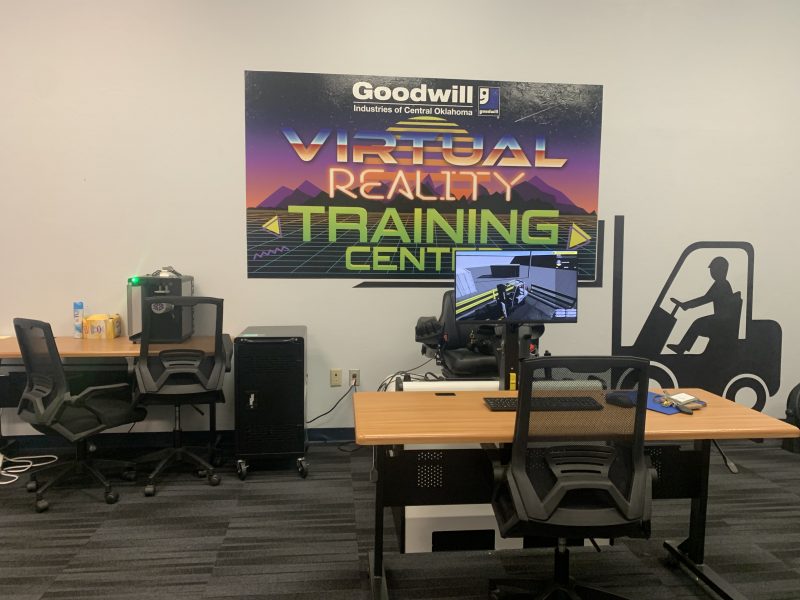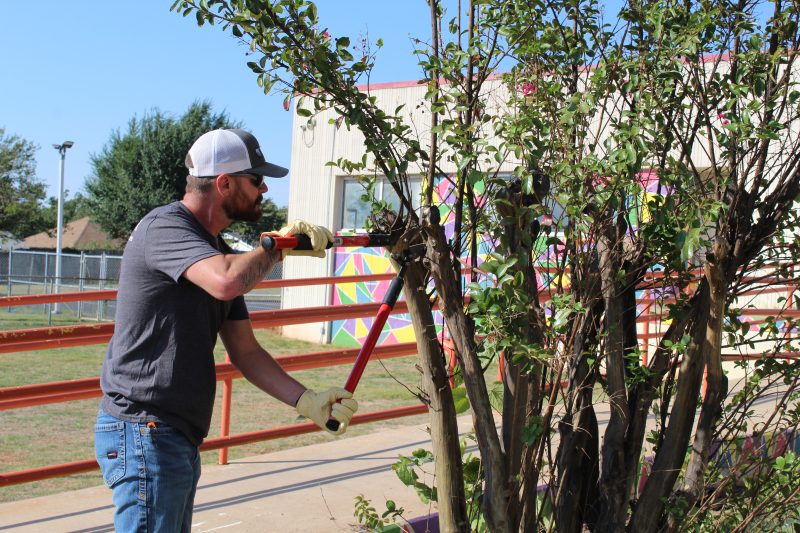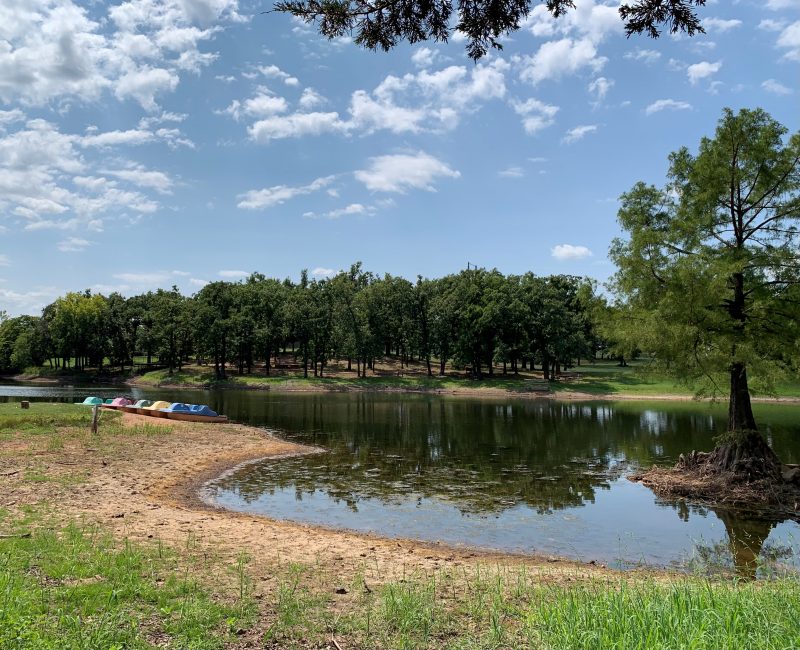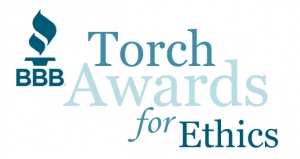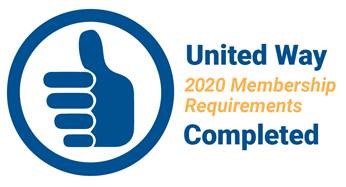Disrupting Poverty Through After-School Programs
Even before the onset of the COVID-19 pandemic, approximately 1 in 6 Oklahoma children were under the poverty level in March 2020. One of the community assets working to disrupt poverty is after-school programs for youth. These programs occupy a vital role in serving social, educational and mental health needs of children, especially those that are underserved.
This latest Vital Signs research brief from the United Way of Central Oklahoma reviews the positive impact of after-school programs on youth and families, as well as the role of United Way Partner Agencies in building a strong after-school network in our community.
After-school programs, or “out-of-school-time” programs, are voluntary, organized enrichment activities which serve K-12 children outside of the traditional school day or school year. A foundational goal of all programs is to give children safe, beneficial places to be, apart from their time at school.
An abbreviated version of the research brief is presented below. United Way encourages you to read and share the full research brief HERE.
![]()
![]()
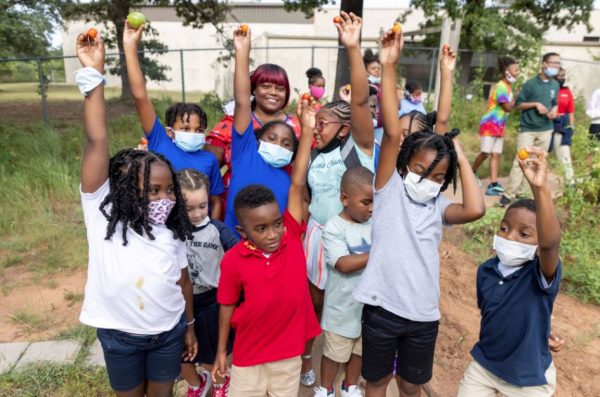
BENEFITS OF AFTER-SCHOOL PROGRAMS
Health and Physical Activity
Physical activity has numerous benefits for children. Recent studies demonstrate a significant increase in weekly minutes of exercise for children in after-school programs, compared to those that do not attend. Access to after-school programs also disrupts neighborhood-based inequities, when underserved populations gain access to recreational facilities, parks and equipment that otherwise may be out of reach.
Academic Achievement
After-school programs are addressing the urgent concern of disparities in academic achievement by providing different forms of education assistance. After-school programs vary in their approaches, but all operate as places where students can learn both soft skills and specific academic skills. Literacy and homework resources through after-school programs have been found to narrow achievement gaps in math between children of different incomes. Another benefit thought to be linked with after-school programs is the acquisition of better study habits and task persistence.
Social Skills, Mentoring and Prosocial Behavior
After-school programs broaden social skills through positive interaction with peers and other adults. Intentional support from adults–specifically after-school program staff–is linked to fewer behavioral problems, especially for boys. Mentoring refers to relationships between youth (mentees) and adults (mentors), with regular meetings and social activity allowing for adults to be a positive influence for youth. Finally, after-school programs are valuable for their history of being inclusive and empowering to youth of many racial and ethnic backgrounds. After-school programs assist youth with recognizing cultural contributions of people with different backgrounds, through arts and team-based activities. For minority youth, in particular, socialization during after-school helps youth identify with a more positive sense of self and community for minority youth.
![]()
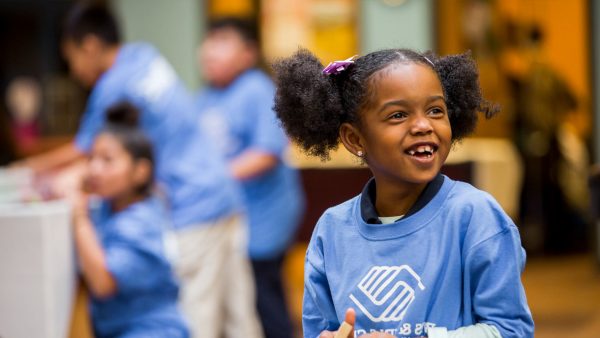
PARTNER AGENCY SPOTLIGHT: TINKER YOUTH CENTER
Tinker Youth Center, a United Way Partner Agency, is an example of an agency offering supervised recreational and social programs to a targeted community in central Oklahoma. Since 1976, Tinker has offered services to children of Active Duty, Retired, Reserve and civilian affiliates of Tinker Air Force Base in the Midwest City-Del City area. Military-connected youth and their families face several unique stressors. Family moves and changes in school settings every few years contribute to anxiety and social disconnection for youth in military settings.
Tinker’s social program helps to connect youth in a setting that might be most familiar to them. The club’s affiliation with the national Boys and Girls Club of America, as well as 4-H, opens many participation avenues for military families. Participants between age 10 to 18 at the Youth Center can develop leadership skills, culminating in potential to compete against other bases for chances at scholarship awards.
